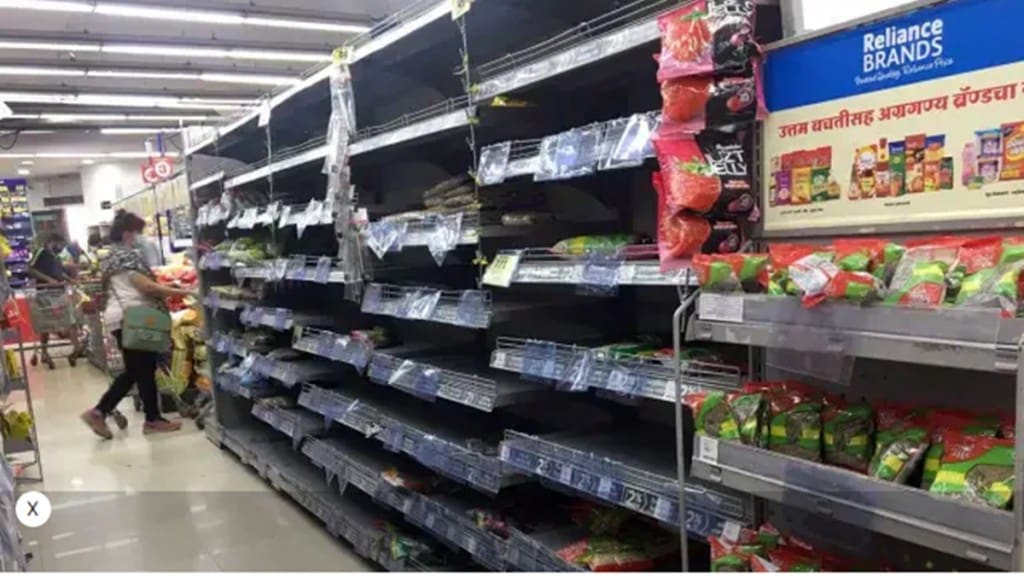There has been a distinct upturn in rural consumer demand over the past couple of months in the wake of a reasonably good kharif harvest and real wages for agricultural workers turning positive. However, the possibility of El Nino disrupting the monsoon — and thereby weakening rural demand — is weighing on the minds of manufacturers of both staples and discretionary products.
Speaking to FE, RC Bhargava, chairman Maruti Suzuki India, said, “The rural sentiment is definitely better and rural sales have again picked up.” According to him, this may be because of a good harvest since monsoon was above normal last year, and the rural economy has begun to improve. “That’s why FMCG (fast-moving consumer goods) has done better. Monsoon will again have an impact, but how much we will have to wait and see,” Bhargava added.
According to Shashank Srivastava, senior executive officer (marketing and sales) at Maruti, the company’s share of rural sales has gone up to 44.4% from 35.6% last year. “Rural growth has been slightly higher than urban growth in recent months on back of a good monsoon last year,” he said.
Dabur India CEO Mohit Malhotra echoed this sentiment, saying that the first 10 days of April have seen an improvement in rural sales for the company. “We certainly see this getting better as rural consumers begin to open their purse strings after months of holding back,” Malhotra told FE.
In its quarterly update last week, FMCG major Marico noted that macro indicators were improving and broader commodity inflation was easing, which bodes well for consumption trends.
The management at the country’s largest two-wheeler manufacturer, HeroMotoCorp, which sells 50% of its output in rural India, had said after the Q3 earnings announcement that although the rural uptick had been slower than the urban growth, it was seeing green shoots in rural geographies in Madhya Pradesh, Uttar Pradesh, Bihar and Rajasthan.
In aggregate, rural sales contribute a little over a third of the total FMCG sales. However, for Dabur, ITC and Parle Products, sector experts put the contribution higher at about 40-45%.
In the March quarter, rural FMCG sales jumped 16.8% year-on-year while urban growth was a modest 7.9% y-o-y, according to retailing data firm Bizom. Akshay D’Souza, chief of growth and insights, Bizom, points to strong stocking in rural areas in Q4, led by latent demand. “In most of FY23, rural showed signs of lower spends due to inflationary pressures. But Q4 appears to have bucked the trend, with a revival in rural demand,” D’Souza said.
The IMD’s forecast of a normal monsoon has lifted the mood. “The prediction of a normal monsoon this year is also good news for the sector,” Dabur’s Malhotra said.
Marico added that a healthy monsoon would be critical for the uptick in demand to sustain. Srivastava, however, red-flagged El Nino, saying a loss of agricultural income would cause rural demand to come down.
Also read: Generative AI is transforming how businesses run under Gen Z leaders
Analysts at BNP Paribas wrote earlier this week that channel checks showed rural growth has remained sluggish while urban consumption has also softened. Analysts at Jefferies observed pre-results updates and checks highlighted similar demand trends for the consumer staples space in Q4 as in Q3. These are marked by a “weak rural and bottom-of-the pyramid” while premium categories are doing well. “Volume growth appears better given a soft base and grammage increases in a few categories,” they noted.
Real rural wages for non-agricultural workers contracted from January 2022 through January this year. For agricultural workers, wages turned positive in November last year after 10 straight months of contraction. During FY17-22, India’s FMCG sector’s revenue and gross profit grew at a compounded 7% each, although the compounded growth in earnings was at much better 11%, aided by lower advertising spends and a cut in corporate tax rates.

